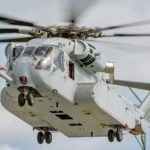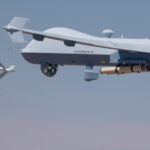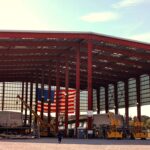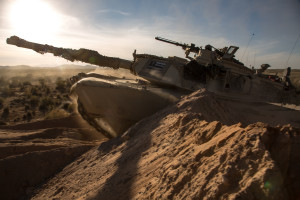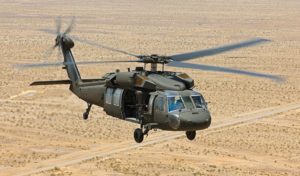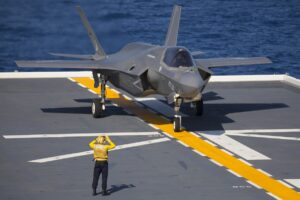
Flight testing of F-35 fighters with new data upgrades is underway and aircraft with the technology refresh are expected to be delivered beginning in the third quarter, and overall this year, Lockheed Martin [LMT] still forecasts to deliver between 75 and 110 of the fifth-generation fighters, Jim Taiclet, the company’s chairman, president and CEO, said on Tuesday. The F-35s delivered in 2024 with the Technology Refresh (TR)-3 capabilities will be in the “combat training capable configuration,” which Taiclet referred to…

 By
By 